Previously, at 5:55 p.m. on April 30, young man TDK (born in 2001, residing in Ward 1, Tuy Hoa City) went swimming and drowned. K was rescued by lifeguards, given artificial respiration, and taken to Phu Yen General Hospital for emergency treatment. According to Dr. Le Nguyen Kieu Khuong (Department of Intensive Care - Anti-Poisoning), the victim was admitted to the hospital in a state of severe respiratory failure, low blood pressure, and low SpO2 index (blood oxygen concentration). Doctors of the Emergency Department placed an endotracheal tube to artificially ventilate, maintain respiration, and protect the airway. As soon as the patient was transferred to the Department of Intensive Care - Anti-Poisoning, the on-duty team put the patient on a ventilator to support breathing and administered sedatives. After 2 days of intensive treatment, the patient was no longer comatose and had the endotracheal tube removed to breathe on his own.
Dr. Chau Khac Toan, Head of the Department of Intensive Care and Anti-Poisoning, said that in recent years, the department has received and successfully treated cases of drowning with severe respiratory failure, coma, and cardiac arrest. "For drowning victims, proper first aid on the spot is extremely important. In case the victim has cardiac arrest or respiratory arrest, chest compressions and mouth-to-mouth resuscitation are required. This first aid skill should be introduced into schools and equipped for students, it will be very helpful in life," said Dr. Chau Khac Toan.
In case of drowning, quickly remove the victim from the water and place him in a dry, airy place. If the victim is unconscious, check to see if he is still breathing by observing the movement of the chest. If the chest does not move, meaning the victim has stopped breathing, immediately perform external chest compressions on the lower half of the sternum; combine chest compressions and mouth-to-mouth resuscitation for 2 minutes, then assess whether the victim can breathe again. If not, continue chest compressions and mouth-to-mouth resuscitation while taking the victim to a medical facility.
Source: https://baophuyen.vn/xa-hoi/202505/cap-cuu-kip-thoi-mot-thanh-nien-bi-suy-ho-hap-nang-do-duoi-nuoc-95e34f7/


![[Photo] Urgently help people soon have a place to live and stabilize their lives](/_next/image?url=https%3A%2F%2Fvphoto.vietnam.vn%2Fthumb%2F1200x675%2Fvietnam%2Fresource%2FIMAGE%2F2025%2F12%2F09%2F1765248230297_c-jpg.webp&w=3840&q=75)





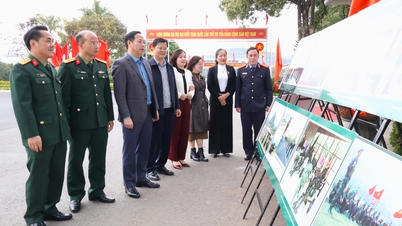

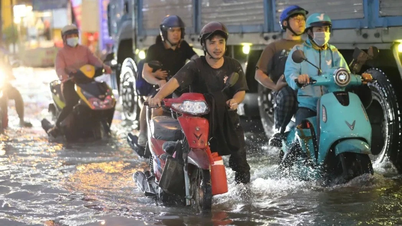





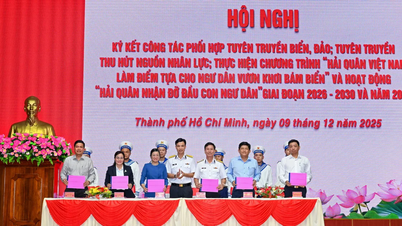

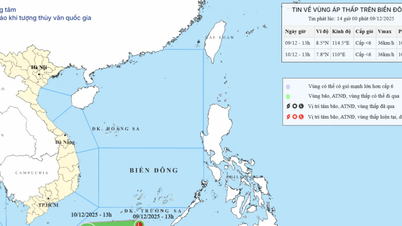





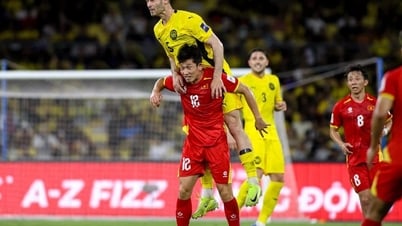
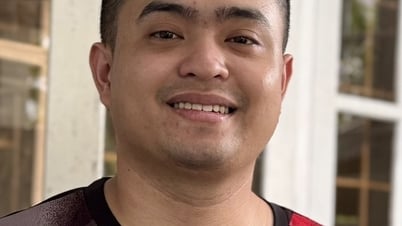

















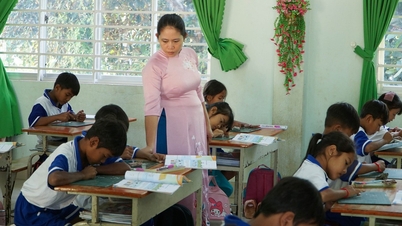

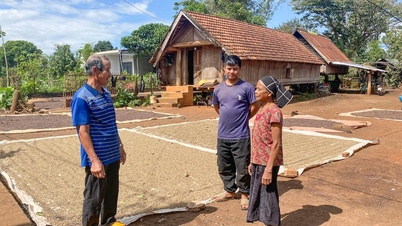


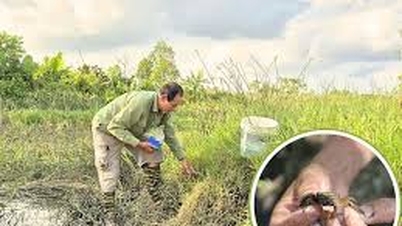

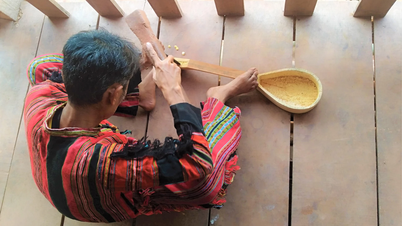





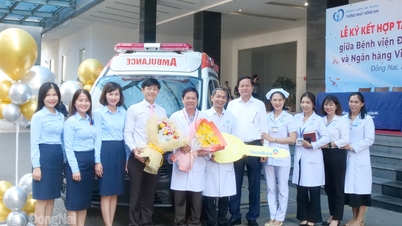


















![[Photo] General Secretary To Lam works with the Standing Committees of the 14th Party Congress Subcommittees](https://vphoto.vietnam.vn/thumb/402x226/vietnam/resource/IMAGE/2025/12/09/1765265023554_image.jpeg)









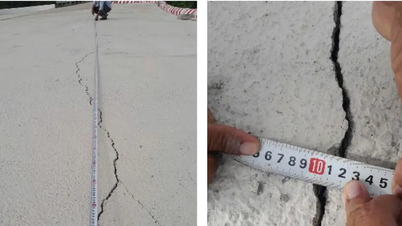






















Comment (0)